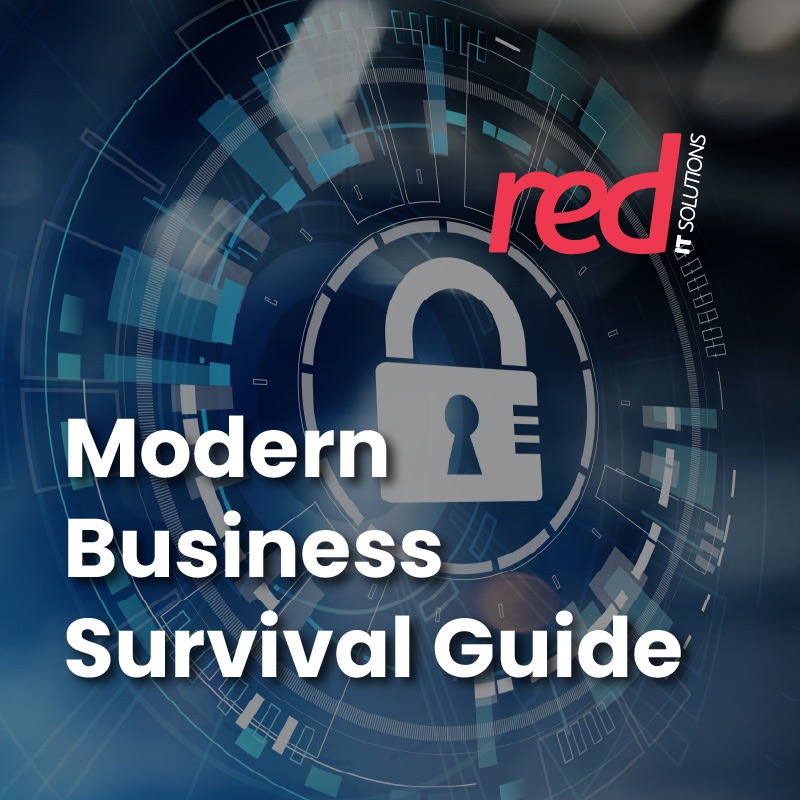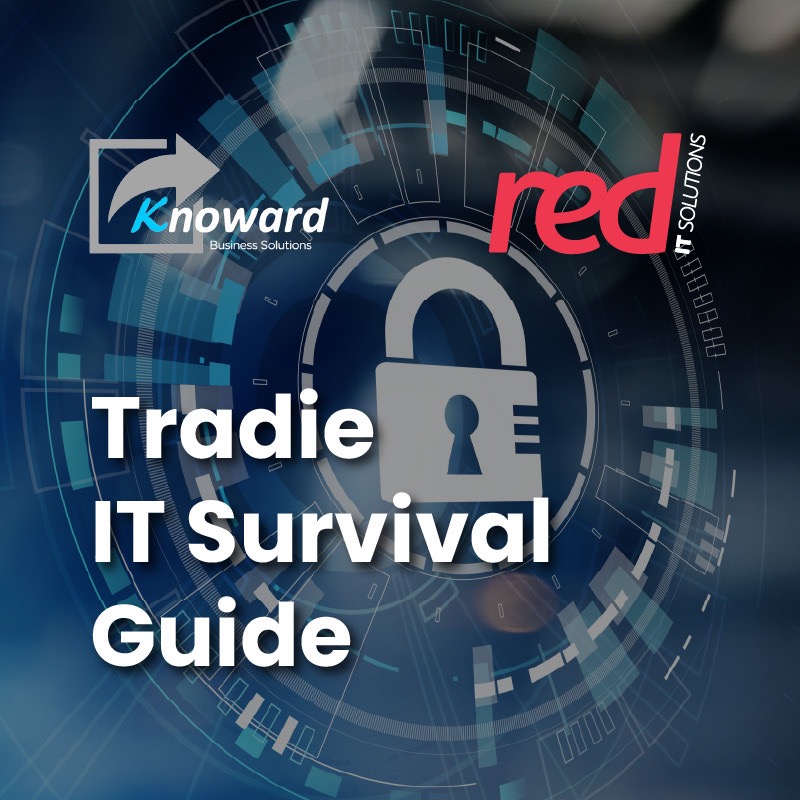
In today’s rapidly evolving digital landscape, securing your IT infrastructure is no longer a task solely for large corporations with massive budgets. The Essential Eight, a cybersecurity framework initially designed for Australian government entities, is now being recognised as a vital set of best practices for businesses of all sizes, including small and medium enterprises (SMEs). While you might think your business is too small to be a target, the reality is quite different. Cyberattacks don’t discriminate based on company size; they target vulnerabilities wherever they find them.
The Essential Eight framework, developed by the Australian Cyber Security Centre (ACSC), provides businesses with a guide to significantly reduce their exposure to cyber threats. It covers eight essential strategies, such as application whitelisting, patching, and multi-factor authentication, all designed to harden your defences against common cyber threats.
Why Should Small Businesses Care About the Essential Eight?
Imagine you run a brick-and-mortar business. You wouldn’t leave the front door of your shop wide open or let your security cameras fall into disrepair, right? Securing your IT systems is no different. Whether you’re handling sensitive customer information, financial records, or simply managing day-to-day operations online, the data you hold is valuable. In the digital world, leaving your systems vulnerable is the equivalent of leaving the backdoor to your office unlocked or having faulty security cameras monitoring your premises.
Cyberattacks have evolved; they are no longer just about targeting large corporations. In fact, small businesses are often seen as easier targets due to perceived weaker defences. Criminals know that smaller businesses often don’t have the same cybersecurity infrastructure as larger companies, making them ripe for exploitation. A single breach can lead to severe financial losses, data theft, reputational damage, and even legal penalties.
How the Essential Eight Can Help You
While larger enterprises may implement every aspect of the Essential Eight to its fullest extent, small businesses can still greatly benefit by tailoring these strategies to their needs and resources. Here’s a quick look at how some of the Essential Eight strategies can apply to your business:
Enjoy a number of productivity-powering capabilities, including:
1. Application Whitelisting
This is like only letting authorised personnel into your building. By controlling which software applications can run on your devices, you prevent malicious programs from taking hold.
2. Patching Applications and Operating Systems
Think of this as regularly updating your security system or fixing broken locks. Ensuring your software is up to date reduces the risk of cybercriminals exploiting known vulnerabilities.
3. Restricting Administrative Privileges
Similar to giving access to only trusted employees, administrative privileges should be limited to reduce the damage that can be done if an account is compromised.
4. Multi-Factor Authentication (MFA)
Consider MFA like adding an extra security code to your alarm system. It adds an additional layer of protection, making it harder for unauthorised users to access your accounts, even if they have your password.
The Cost of Inaction
It’s easy to think that these steps are unnecessary, or that cybercrime only happens to “big” businesses. However, the cost of ignoring cybersecurity best practices can be devastating. From ransomware attacks that can paralyse your business operations to data breaches that may result in hefty fines under privacy laws, the risks are real and present.
One of the key messages here is that security doesn’t have to be expensive or complicated. Small steps towards implementing the Essential Eight can significantly reduce your risk. It’s not about making your systems impenetrable—that’s almost impossible—but about making yourself a less attractive target.
It’s Time to Act
Now is the time to take action. Cybersecurity is not a luxury, nor is it something to be considered only after a breach. It’s a necessity for businesses of all sizes. If you’re still on the fence, ask yourself: would you leave the doors to your office unlocked overnight? Probably not. So why take that risk with your digital assets?
The Essential Eight framework provides a practical starting point to build a stronger defence against cyber threats. Whether you’re a solo entrepreneur or running a small business with a handful of employees, protecting your digital presence is crucial for long-term success.
Don’t wait until it’s too late—start improving your security posture today.




